The Persians are the most civilized people of the East, and the greatest complimenters in the world.
– Jean Chardin
Twelve years ago, I landed at Mehrabad airport, at the time, the main international airport in Iran’s capital. This time, it was Imam Khomeini airport, some 50 kilometers outside of Tehran. The road is a highway that goes all the way to Qom, Isfahan and some other major cities. There was no traffic, at least not on that day.
On the day of the attacks on the Majlis and the shrine of Khomeini, I was entering a doctor’s office when I had a call from a friend telling me of the terrible terrorist attacks.
It seemed that life went on and this was just another incident in the nation’s capital.
This is Tehran, May/June 2017, a world away from 2005 when I had visited. It is more populated, more hectic, and a lot more traffic goes through it on a daily basis except for the time of Eftar (breaking the fast) for it is Ramadan. Immediately after the fast is broken and Iranians have had their food which is a big deal in Iran (restaurants and shops are always full of people), they are out and about sometimes until two in the morning. Tehran is a sprawling capital home to some 8.8 million in the city and 17 million in its surrounding. Drivers drive German, French, Korean and Chinese cars or motorcycles depending on class and income.
Yes, there is a class division.
Iran is a different country than a decade ago. Tehran is full of malls, shops and the latest brand names, at least in the northern section of Tehran. Even in other cities, you saw new buildings with new stores. Some are unkept and some are modern. I guess the upper class or rather the new nouveau riche shops there. There are also fantastic bookstores everywhere. Even in Ardebil, close to the country of Azerbaijan, next to the shrine of Shah Safi, the founder of Shiism, the sidewalk was covered with books by Camus and Sartre, famous Iranian writers such as the late Saidi Sirjani and or Sadeq Hedayat and even biographies of the Shah and Farah Pahlavi.
On the very last evening, we visited another bookstore open at 9:30 pm with vast array of books. The owners were courteous and welcoming. There were posters of many of the famous modern writers and poets of Iran.
I had heard of a recently published book and I found it, The Sociology of Prostitution, half of which addresses a most disturbing issue: Prostitution in Iran.
That is also a part of the new Iran, drugs, alcohol and prostitution. If you have the right connections, you can pick up the phone and order whiskey, vodka and wine and all kinds of drugs, delivered by a Peyk or a driver on a motorcycle. Motorcycles are everywhere, sometimes with a careful driver, wearing a helmet but most of the time, you can see a husband and wife and two kids on the motorcycle roaming in between automobiles. I guess, the idea of getting killed does not cross their mind. Or perhaps they just know how to drive through danger.
Tehran is like a dance of cars or more a waltz of cars. Not a day goes by when there is not an accident or an accident waiting to happen.
Drivers maneuver around each other like a careful dancer on the dance floor but this is a huge city where millions of cars roam its highways and streets. Life is a display of courage, frustration, anger, but also smiles and Ta’arof. The taxi driver never says thank you for the payment but politely always declines payment. Both the driver and the customer know that this is part of the cultural code. Both know that he doesn’t really mean it and that he will be paid eventually after the trip has ended. But there is that kindness in his voice which tells it all.
Isfahan and Mashad have been beautified one with culture, the other one with religiosity. The former, the center of the Safavid dynasty with its glorious shrines, squares and the river that had flowing water, soon to be turned off, Zanyadeh Rood had many visitors, both foreign and Iranian. Families sitting underneath its thirty three arches, pick-nicking, having tea or just taking a nap under the shade. I sat next to a family and we took photos. Immediately they asked me what others (Americans) thought about them.
It is a question that comes up every time.
We did manage to take off our shoes and put our feet into this very water. Then we got into a long and humorous discussion with some of the young people who were asking how much they would be paid if they finished an MBA in the United States. I think one of them was disappointed to hear that it was not much to begin with even in the great US of A. I presume he was hoping that he would be making a lot more than if he remained in Iran. There is of course that myth that the streets are paved with gold outside Iran.
I would say it is a myth indeed.
Mashad has a first class metro which connects to a very modern airport and the city is now filled with many first class hotels. Visitors come from all over the world, including the Arab world not only to visit the holy city and the Shrine of Imam Reza but also enjoy the parks, apparently now home to the largest water park in the Middle East. Each year, some 20 million pilgrims visit the shrine. It is clean like Isfahan where you barely saw trash on the ground even in the Meydan -Naghsheh-Jahan (the main square in Isfahan) where large groups of people gather day and night.
Prostitution reportedly is rampant in some of the hotels in Mashad even on the walls of Astan Ghods Razavi, I heard there were advertisements for all kinds of dubious services. Apparently, some people were arrested but the unsavory practice continues.
During Ramadan, even in Mashad, in the middle of the shrine, Sagha Khaneh or water fountain was hidden from view by a curtain so you could drink water in case you got thirsty. Iranians are very pragmatic even during the holiest month of Islam.
What looked clean and prosperous in both of these cities, was not the same if you visited northern Iran. The glorious forests and the Caspian sea are still glorious but now towns after towns are littered with garbage. There is not a single area on the shores of the Caspian Sea where you don’t notice garbage or litter.
Environment is the biggest issue facing the Iranian society. In many places, people just don’t care. There has not been enough education in this regard even if there are many signs on the roads stating the importance of not littering and keeping your space clean. No one really pays attention.
When we first arrived at Ramsar airport, we were waiting outside. The weather was crisp. Three very nice young men in army clothing were standing there. Of course, as most Iranians are curious, they asked what we were doing there. I said visiting relatives. Where were we coming from? What do they think of us in America? I said the same thing. Sometimes positive and sometimes negative. I wanted to take their photos but they refused, though in the most gracious manner. “We are not allowed to have our pictures taken.”
Understandably.
It was heartbreaking to see that in the midst of the largest lake in the world and the green and luscious forests of Guilan and Mazandaran, litter was everywhere, town after town after town. Taking the boat through the wetlands of Bandar Anzali, Iran’s main Caspian port, the water was terribly polluted.
You could see a few people, sometimes families in the water but barely a large group even though it was quite hot. The beach is no longer a sandy clean beach. Debris covers the entire region. But then again, the malls were filled with people in Ramsar which used to be the center of casinos and a bustling night life during the Shah’s time.
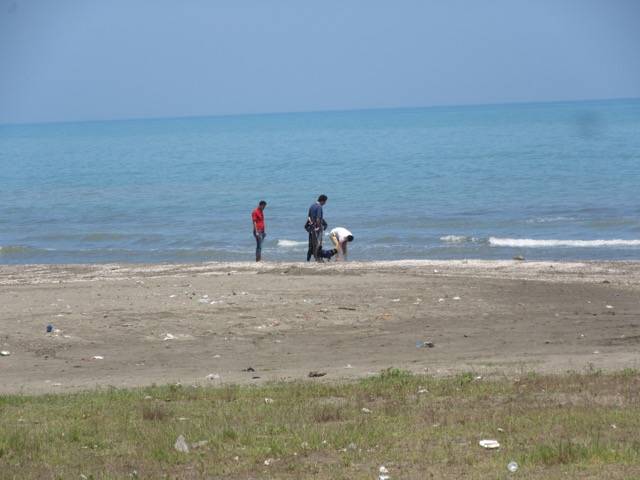
Now hotel Ramsar looks kind of gloomy even if it still functioning though the city itself is clean.
Iran’s female population has been on the rise. They have gone through a major transformation. No longer bound by the enforced hijab of the early times of the revolution, many are now not only showing off their hair from behind a thin cover, but also show off their now golden bleached hair with eyebrows that have been tattooed and a new nose jobs, some with botox lips. You see many young girls with high heels and the latest fashions underneath a long robe. Some noticeably have a bandage on their nose. I guess one can assume that they just had a nose job done.
At times when you see these women, it is as if you are watching an episode of Star Treck. In all honestly, they looked fake, having lost that fresh look of youth.
Of course, there are still many women, young and old, with the traditional black chador and more devout ones- what I call double hijab- which means a tight cover on the hair with another one on top of it. There, you don’t see the polished nails or the open sometimes visible bare arms. Everything is covered from head to toe.
On the way back from Ardebil and Sar Eyn which is the center of thermo baths in Iran, more like a little not so attractive Disney Land, we took a mountainous road back to the coast. At the crest of the Talesh mountains, rows and rows of temporary food stands were selling kabob and liver screws and even fat from the freshly cut meat of the lamb. Red poppies and purple flowers covered the entire mountain but dense fog barely allowed to show its glow. It was a scene out of the movies. Dozens of cars stopped for their passengers to eat the delicious kabob. The woman owner asked everyone to step inside as she had been notified that Amaken (The inspection police) will soon come to inspect. On the bottom of the hill, some dozens of shacks had been built as temporary housing or perhaps permanent ones for the workers.
The Kabob was divine. Organic in every sense of the word.
Iranians enjoy their food anywhere, at home or outside. Food is a way of life and they know how to savor it. Under a little shade, families sit and open their sofreh (a cloth) to have a picnic. That is seen everywhere in Iran, as if it is a ritual.
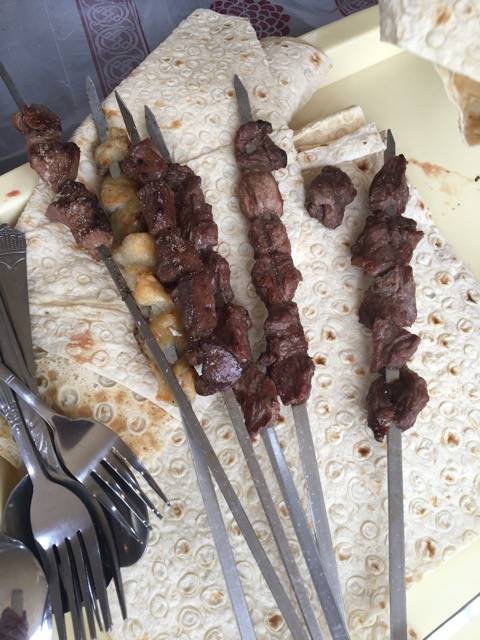
There too, the environment was being abused and ravaged by both the restaurant owners and the people who left their litter, sometimes burning it to avoid large piles of garbage.
The four-day holiday was marked with hundreds of posters and banners of Ayatollah Khomeini, as it was the anniversary of his death which also coincided with the 15th of Khordad uprising. Iranians call this long weekend Erteholiday. Ertehal is the assumption to the heavens. I guess, Iranians never lose their sense of humor even if they feel frustrated.
A young boy asked me what does Ertehal Malakouti mean? I did a quick translation: Going to heaven as a VIP !
When you talk to people, merchants and students, some, not all, do complain about the state of the affairs. Most graduates especially in the humanities do not see a future for themselves. No job in sight. Like many, they enter the private sector if they are lucky, in business or in construction. Some want to leave the country.
Iran in 2017 was a different place. It is modern and full of amazing experiences on a daily basis– not all negative. On a visit to the doctor’s office, the doctor took his time to listen and make comments. He was in no rush. After the session, I came out and realized I did not have enough cash to pay. The secretary immediately responded that I could just put the money into their bank account once I got home what they now call card to card. The is an easy system which allows Iranians to have a bank card whereby they can add and pay for everything in almost all places. Going to the pharmacy downstairs, the two meds cost about 50,000 toumans. equivalent to 15 dollars, I was short by some 16,000 toumans. Again the pharmacist told me I could take their card number and deposit the money later. On what basis they trusted me? Well, that is an Iranian way.
This would have never happened in America. I guess there are some things in Iran that never change.
When we were in Isfahan, a charming young student told me, when you go back to America would you say good things about us. My answer was clear: Of course I will. There is an underlying tone, that Americans do not have a positive image of Iran which maybe true or not. Iran has been portrayed negatively and in some ways rightfully so but despite all odds, somethings do not change. What remains is the depth of Iran’ s soul. Their love for life, for beauty and learning. Something that throughout history their poets and philosophers have always been acknowledged and praised for.
I experienced that on a daily basis. I saw real warmth despite a lot of economic and mental pressure. Still people do feel frustrated with the polices of the government and those who really hold power, a minority who are benefiting from the enormous wealth of this very rich country.
What is clear is that there are two very fundamental crisis the Iranian society is facing and it is stated in article after article, in Iran itself: Environment and corruption.
These two dangers are from within whereas there are foreign elements which also threaten Iran. Iran has to tackle these two very crucial issues intensely and resolutely. Not that the rest of the world does not have very similar issues. We all face a planet we share ravaged by environmental abuse and corruption.
Iran maybe attacked now by ISIS on its very soil or threatened by Saudi Arabia or Israel but the challenges from within are much greater.
On the very last night I was in Tehran, we had the pleasure of having dinner with Abbas Amir Entezam, the longest held political prisoner who is now at home. After suffering years of incarceration, he is now on a wheel chair being tended to by his amazing partner and wife. He did tell me that he saw hope and that Iranians must look to the future. A young couple were sitting next to us. They were listening to our conversation. After I told them who he was, they got up. They asked to be photographed with this man who has been the ultimate face of courage. Amir Entezam in his most gracious manner which has been his signature in life, thanked them and wished them well.
Iran has encountered invasions and inner battles throughout its history. Yet, this ancient land has remained united and has survived. With all its natural beauty, its complexities, its wars within its borders and outside.
It is still a land of contradictions.
Most people when asked, said they decided to vote for Rouhani not because he was the best choice but he was the only choice at the moment. They are not looking for miracles but some peace of mind. Perhaps, Rouhani can deliver. Perhaps not.
Iranians are pragmatists. What makes them special is that they adapt to every situation. They are also great improvisers. For now, and in a near future, they will remain optimist, though in all fairness, not all have that view. There are many who feel betrayed, undermined or disillusioned.
Iran is the land of the past but also of the future. Its people make all the difference in what happens. I remain hopeful.
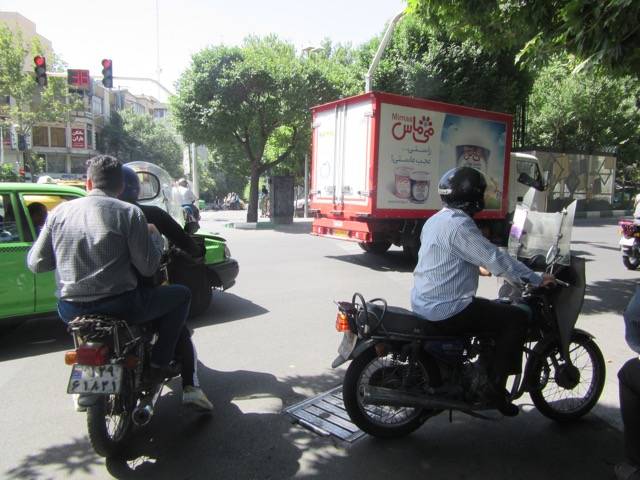
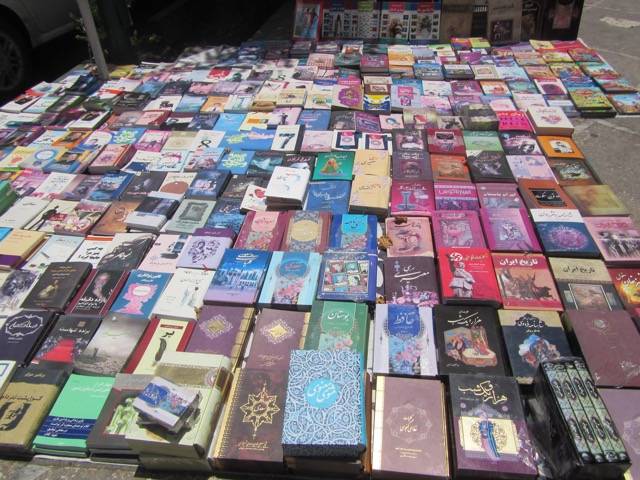
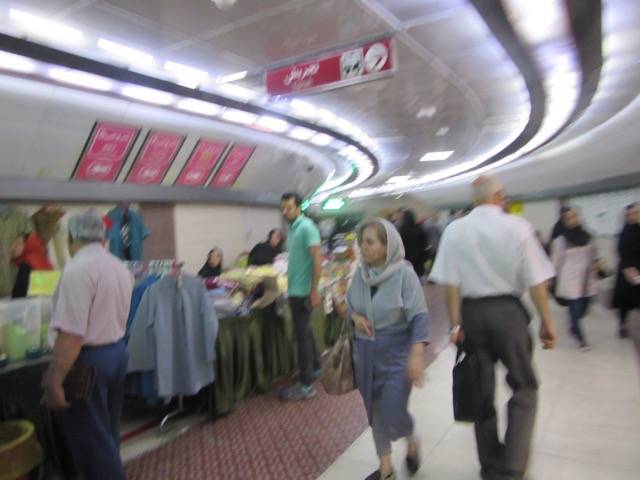
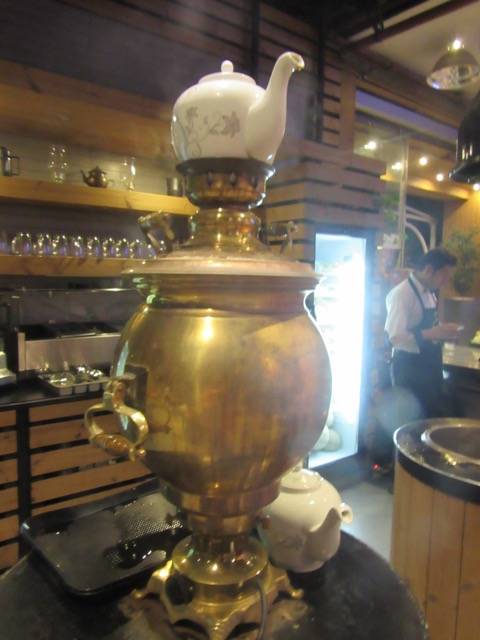
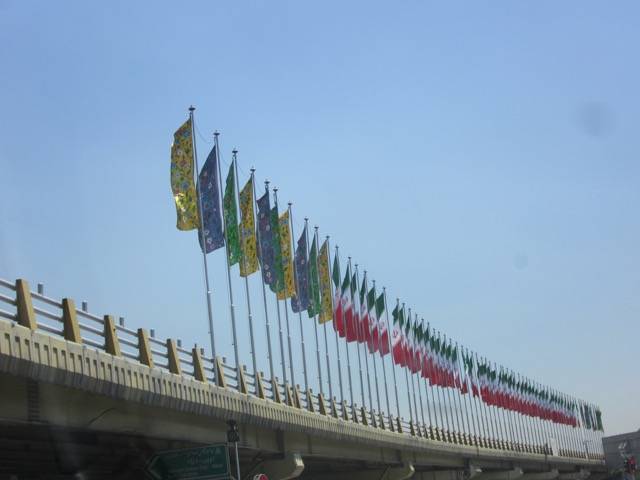
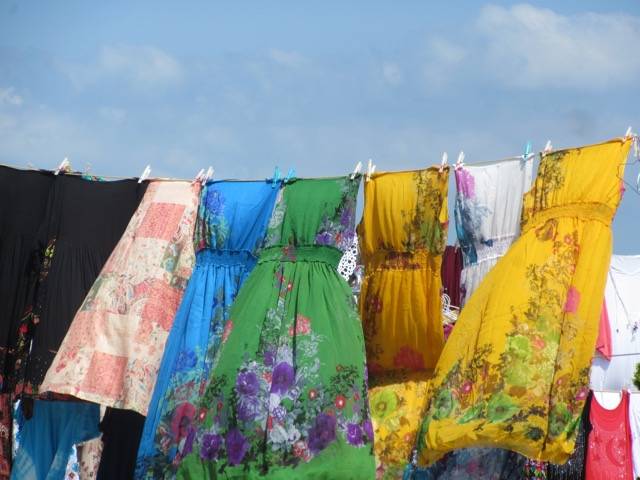

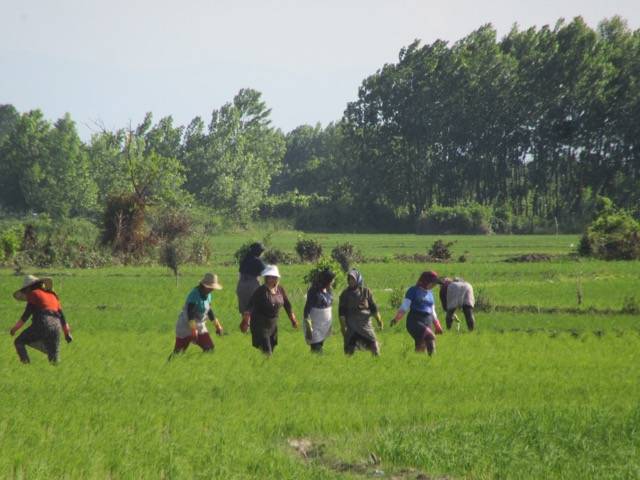

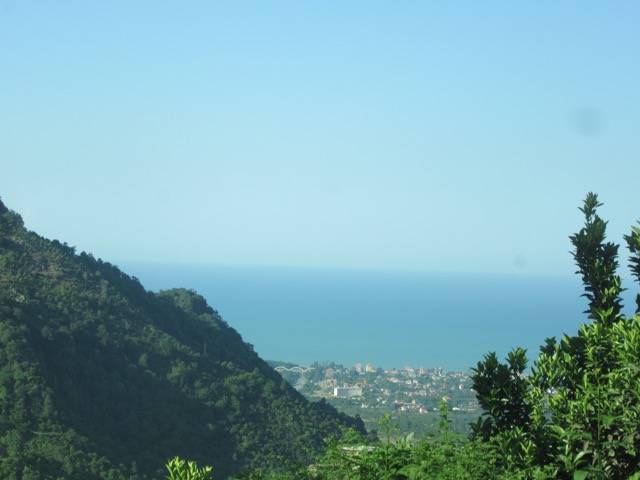
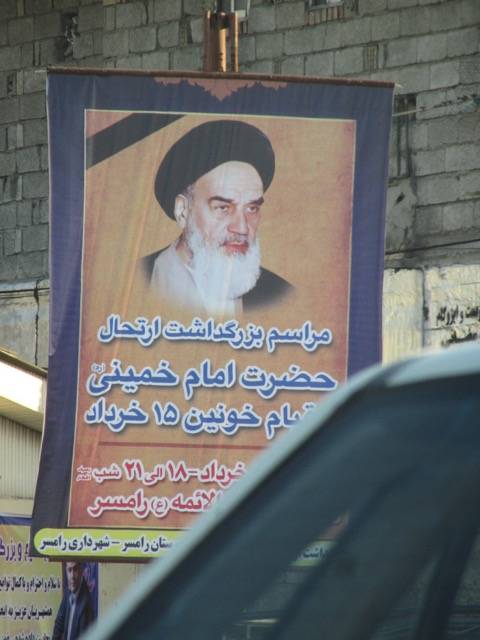
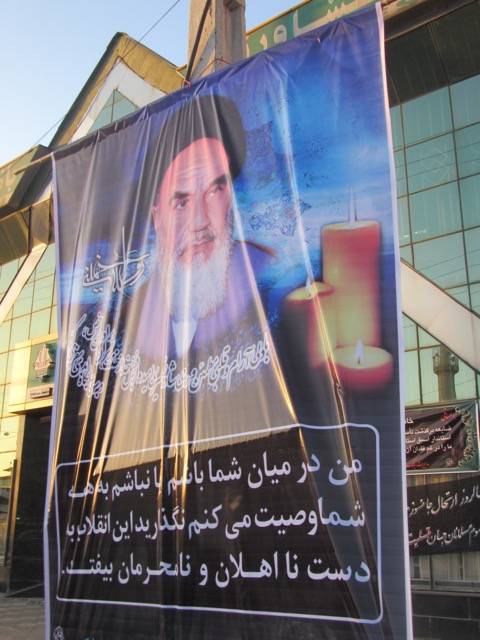
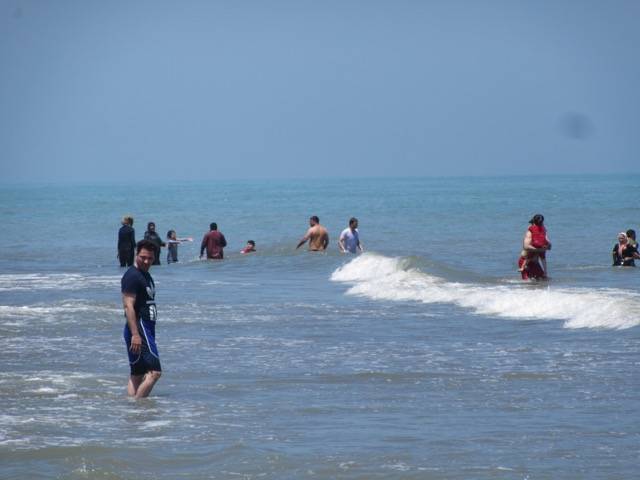

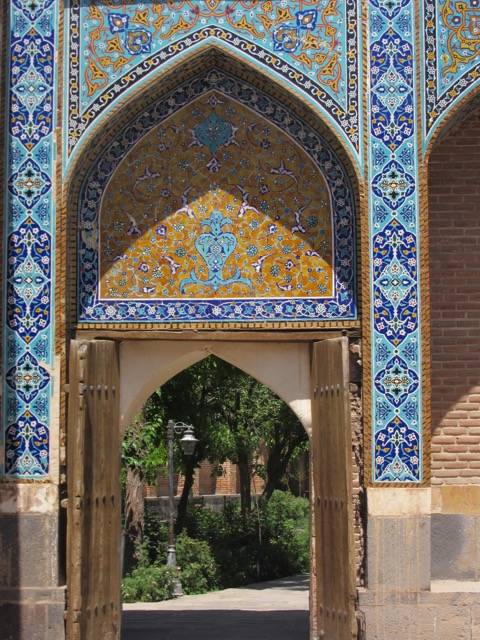

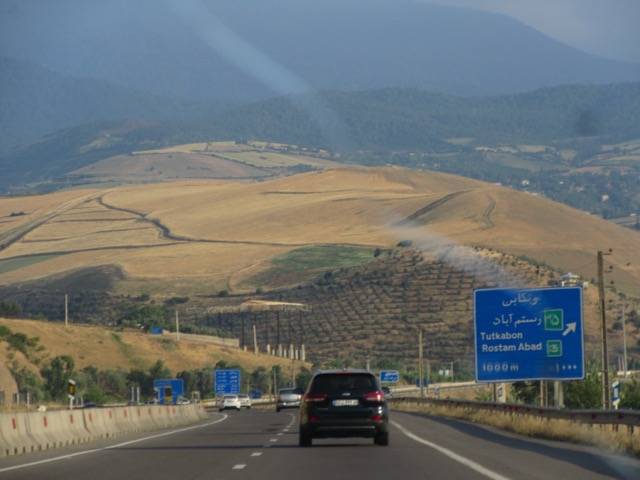
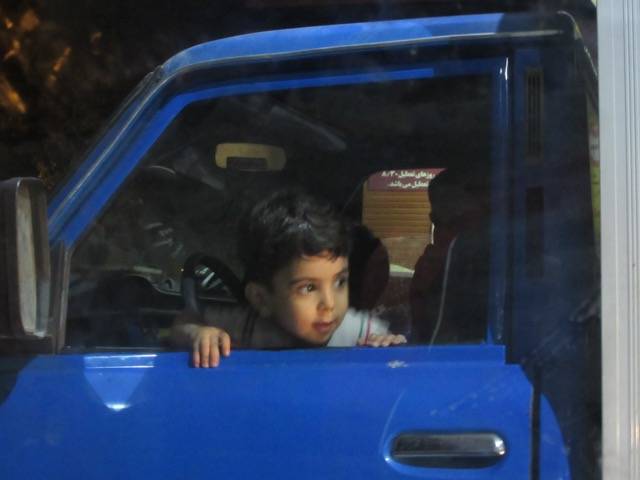
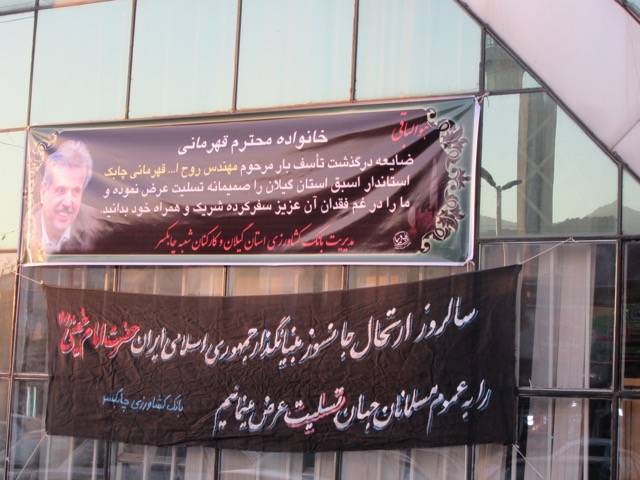
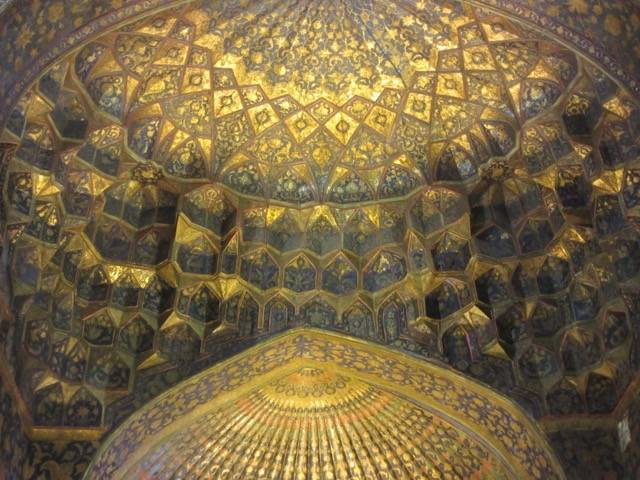
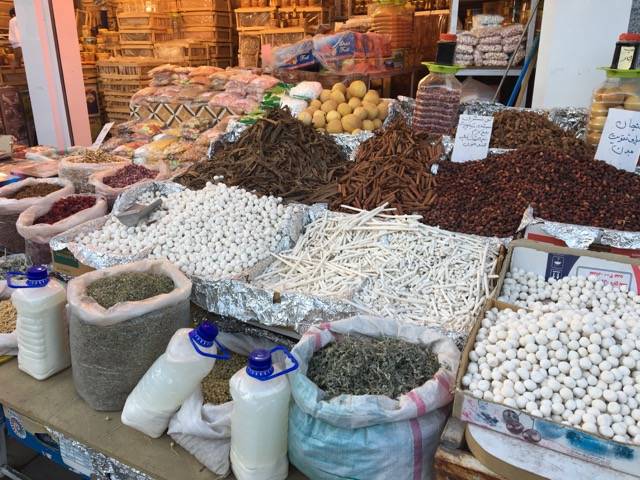
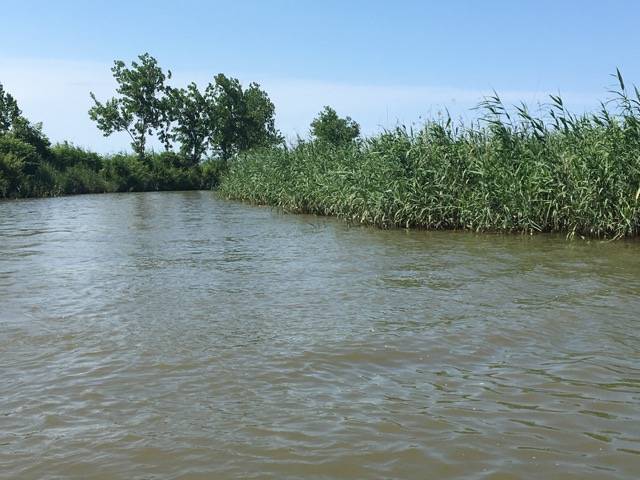
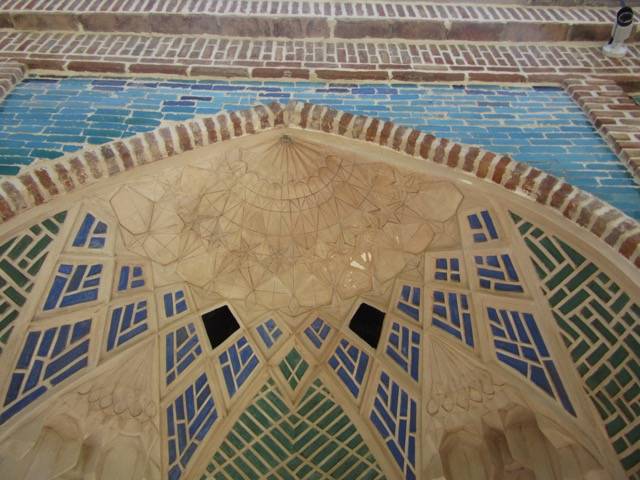
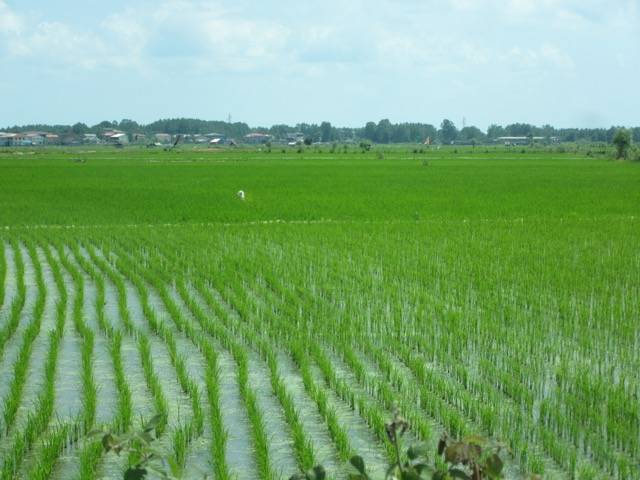
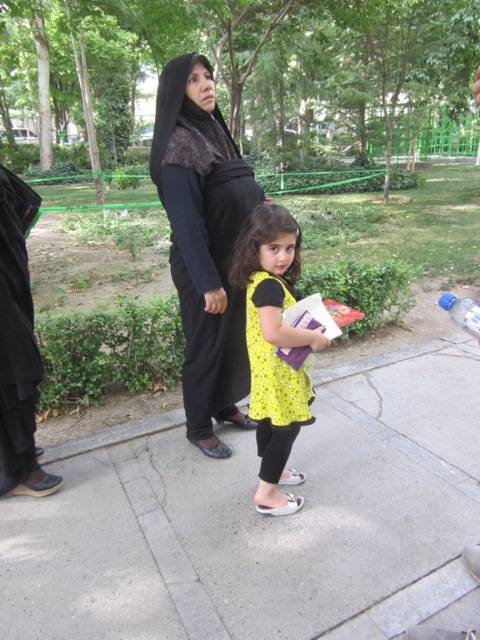
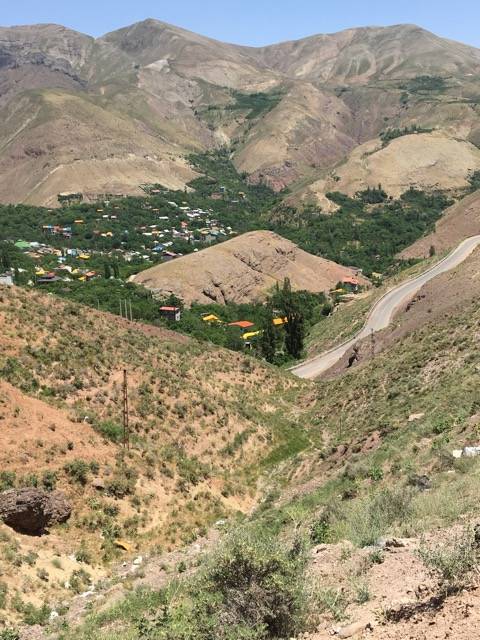
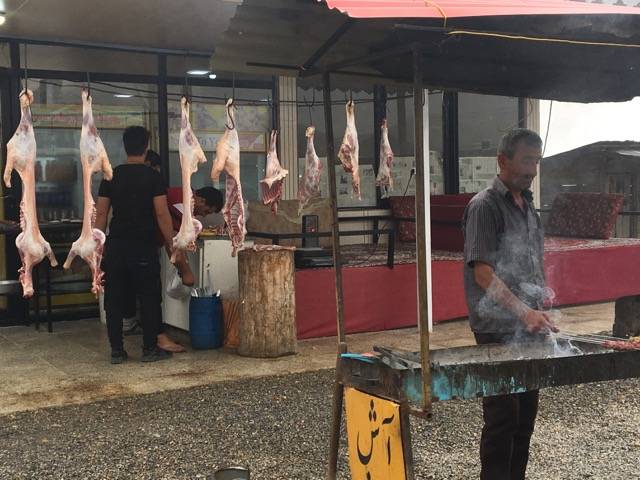
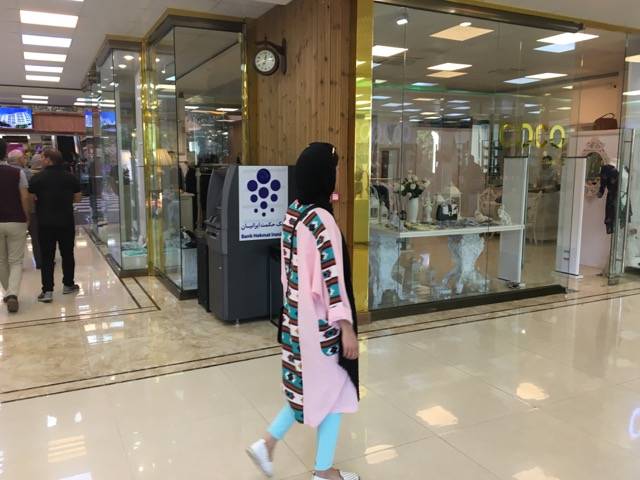
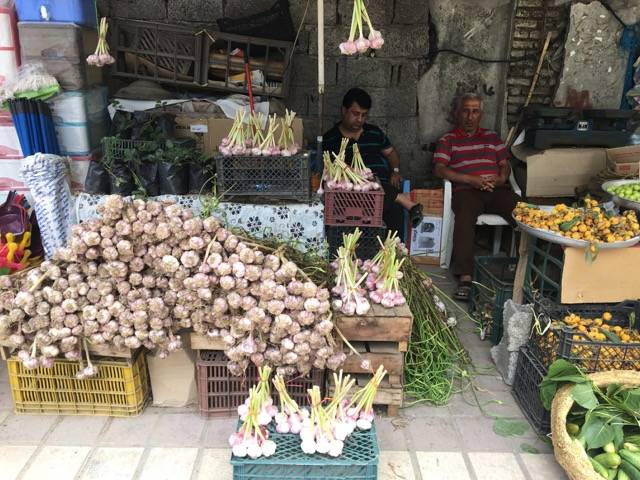
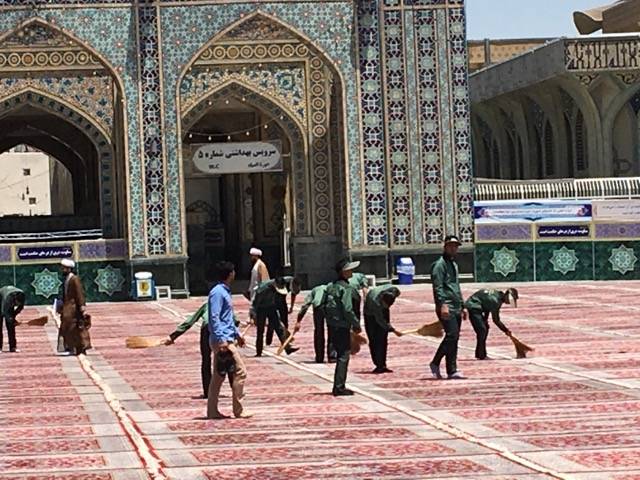
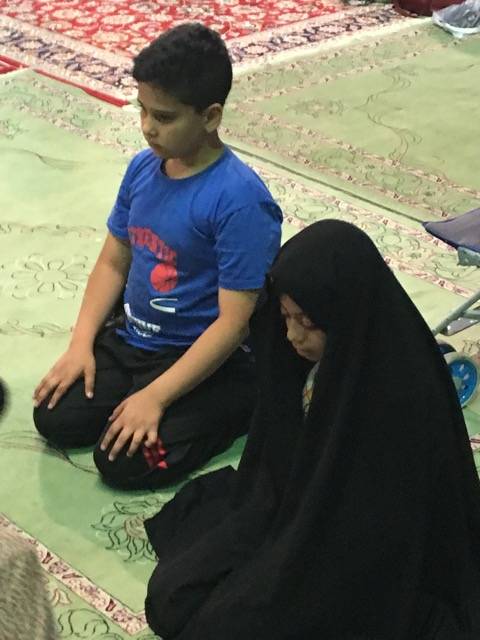
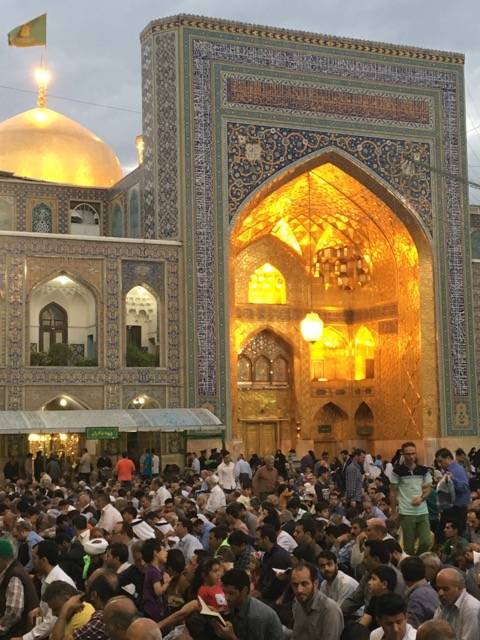
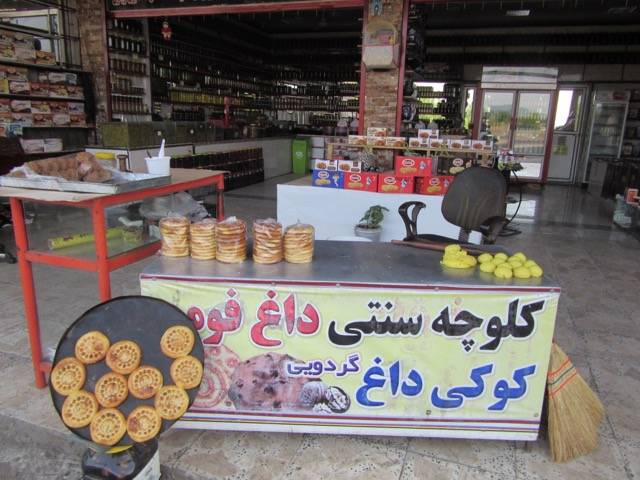
Photos taken by Fariba Amini and Rudi Matthee.






